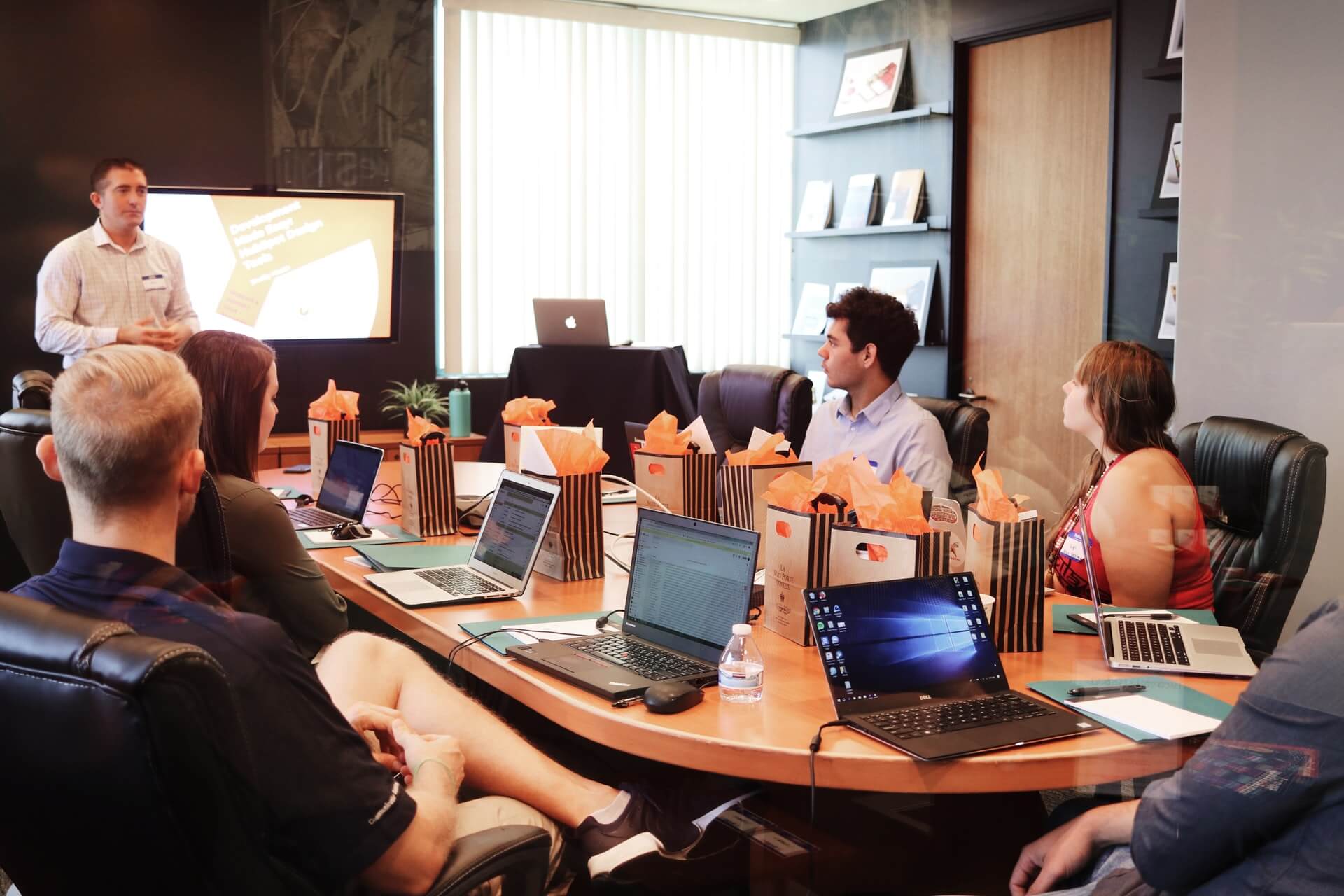As a strategy leader, you have seven activities to which I recommend you pay close attention to build a strong strategy that has full buy-in and commitment. Let’s examine each of these activities.
1. Gain your team’s commitment and buy-in to the process.
If your leadership team members are like most with whom I have worked, they are stretched for resources and have more on their plate than they can likely accomplish with the time they have. Therefore, for many of them, the prospects of taking valuable time and resources to develop a plan that will come up with more to add to their already over-loaded plates is NOT a welcomed idea.
So how do you gain their commitment to planning and their buy-in to a planning process such as the Drivers Model? I consider this my secret weapon for buy-in: the management briefing. With the management briefing, you will have your team identify the most critical issues facing the organization; then they will make adjustments to the planning process as needed to ensure that the process addresses those issues. The management briefing increases commitment to planning by providing your team with a road map that shows how what is important to them will be covered during the strategic planning sessions.
2. Ensure all voices are heard.
The fundamental secret of facilitation indicates that you can increase buy-in and commitment by having those impacted by the plan involved in the creation of it. However, everyone in your organization will be impacted by the strategic plan. Does that mean everyone should be at the table creating the plan?
No, of course not. Nor is it necessary. Involvement does not necessitate being at the table. For some, just giving them a chance for input through a survey or a suggestion box will be adequate. For others, focus groups, one-on-one interviews or other methods for gaining in-depth input may be more appropriate. One of your important roles is to determine who should be at the table and to put in place other avenues to ensure all voices are given the opportunity to be heard.
3. Ensure key information is brought into the room.
You may have been in the room when a team has made a decision based on the best information available, only to discover that if they had been aware of other information that had not been brought into the room, they would have likely have made a different decision. Sound familiar? Well, part of your role is to ensure that this doesn’t happen with your planning activity.
My company’s work in the area of consensus building has shown that one of the primary reasons people disagree is due to a lack of shared information. Many disagreements can be resolved, and even prevented, by making sure all parties have the same information. With the Drivers Model, the briefing book serves the purpose of ensuring all your team members start with a common set of information.
4. Get your ideas on the table without overpowering the group.
As indicated earlier, it is important that all voices be heard, and that includes yours. Unfortunately, if you are like most leaders, your voice comes with considerable baggage. When the boss speaks, people listen. And they listen differently from when other people speak.
Sure, there will likely be some people in the room who treat your voice like every other voice in the room. Whether the idea comes from you or a first-year manager, these people will state their agreement or disagreement with the idea in the exact same way, regardless of the source. Unfortunately, this probably isn’t the case for most of the people at the table. When you speak, most may be quick to respond when they agree, and very, very slow to respond when they disagree – so slow, in fact, that sometimes they may never get around to it!
As a result of the lack of challenge many leaders experience within their own walls, the views of the leader can easily overpower the group.
5. Ensure that the plan components meet the quality checks.
With the Drivers Model each component is dependent upon the components that came before it. So, for example, if you do a poor job of defining your mission and vision, your goals and objectives will reflect this. Likewise, if your goals and objectives are misaligned, your critical success factors and barriers will also be off. And if your critical success factors and barriers are inadequate, your strategies and action plans will be inadequate as well. Therefore it is essential that you do a quality job every step of the way through the planning process.
The Drivers Model is designed to help you do this. From vision and mission through to strategies and action plans, the Drivers Model provides a specific quality check for each component of the strategic plan. These quality checks help ensure that your plan is comprehensive, robust, inspiring, and implementable. As the leader, it is your role to ensure that each component of the plan passes its quality check.
6. Follow through and hold people accountable.
If you have been involved in strategic planning processes, you know that far too often it is a game in which considerable energy is placed in developing a plan that is then put on the executive’s shelf, only to be looked at when it is time to do strategic planning once again.
The Drivers Model strives to end this game. As see in Chapter 14 of my book, The Executive Guide to Facilitating Strategy, you and your team will assemble a detailed process for aligning the organization and ensuring monthly check-ins, quarterly reviews and an annual update to the strategic plan. This structured monitoring process is intended to help ensure that the plan moves from paper to implementation.
7. Decide if an outside facilitator would be helpful.
With an activity as critical as strategic planning, it is essential that the effort be facilitated by someone who is skilled in facilitation but also has considerable experience guiding a team through strategy. Some organizations have internal resources with both the facilitation and the strategy expertise. But others choose to bring in outside professional facilitators with years of training, experience and proven results.
When should you bring in an outside facilitator? It is your role as the leader to make this call. Get help making that call with these guiding questions.
________________________
Certified Master Facilitator Michael Wilkinson is the CEO and Managing Director of Leadership Strategies, Inc., The Facilitation Company and author of the new The Secrets of Facilitation 2nd Edition, The Secrets to Masterful Meetings, and The Executive Guide to Facilitating Strategy. Leadership Strategies is a global leader in facilitation services, providing companies with dynamic professional facilitators who lead executive teams and task forces in areas like strategic planning, issue resolution, process improvement and others. The company is also a leading provider of facilitation training in the United States.










